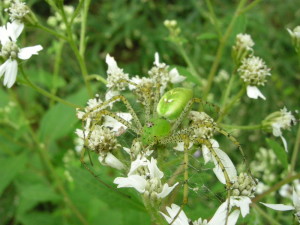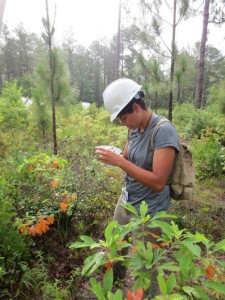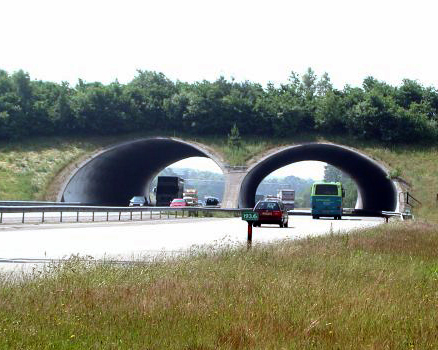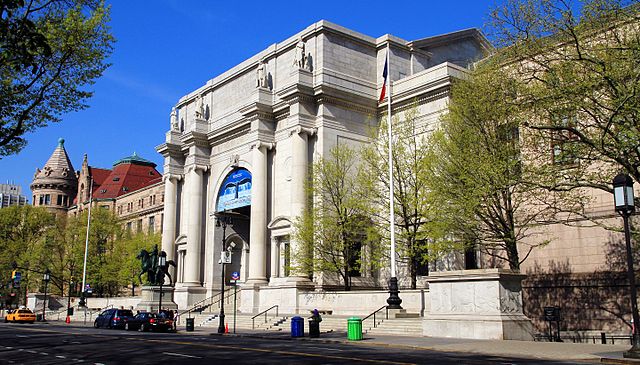Urbanization and human expansion have led to the fragmentation and reduction of many vital habitats. Conservationists have been trying to come up with management strategies to mitigate, or moderate, the effects of habitat fragmentation and one of the most popular strategies has been to create ‘wildlife corridors’. Corridors are pathways that provide a path for animals to cross obstacles, like roads and highways, and allow them access to other patches of habitat. For example, if a road was created in the middle of an important section of land for a bear population, a bridge over the road could act as a corridor so the bears can get to the other side and back. This idea has been attractive because it connects high quality habitats for animals without necessarily putting a stop to human expansion.
The problem is we haven’t been entirely sure corridors actually work. Now two decades of research suggest that corridors are a step in the right direction. Ecologists have been trying to figure out how corridors work, and how to optimize them. Investigators in the Haddad Lab at North Carolina State University are currently testing the effects of corridors, controlling for edge effects, patch shape and distance effects. Ecologist Christine Brown is looking at connectivity between patches of habitat through the lens of predation.

Predators higher up in trophic level tend to have larger ranges. They naturally need lots of area. However, studying big animals like bears or lynx is difficult and hard to control in an experiment. This is where the bugs come in! Brown focuses on spiders as her predator. She says spiders are the “perfect predator” because they are easy to find, occur in large numbers, and can affect arthropod communities in significant ways.

Brown focuses specifically on the Green Lynx Spider, Peucetia viridans. She has been using the Green Lynx Spider to figure out if corridors positively affect body condition, provide more food or more food variety, and if they increase chances of successful reproduction. These are all outcomes that would suggest the corridor is helping improve live for the spiders, and by extension the entire ecosystem. Answering these questions will help ecologists measure the importance of corridors. Even though Brown’s studies focus primarily on spiders, her work can have implications on the conservation of more charismatic animals like moose, foxes and lynx– the furry kind.




